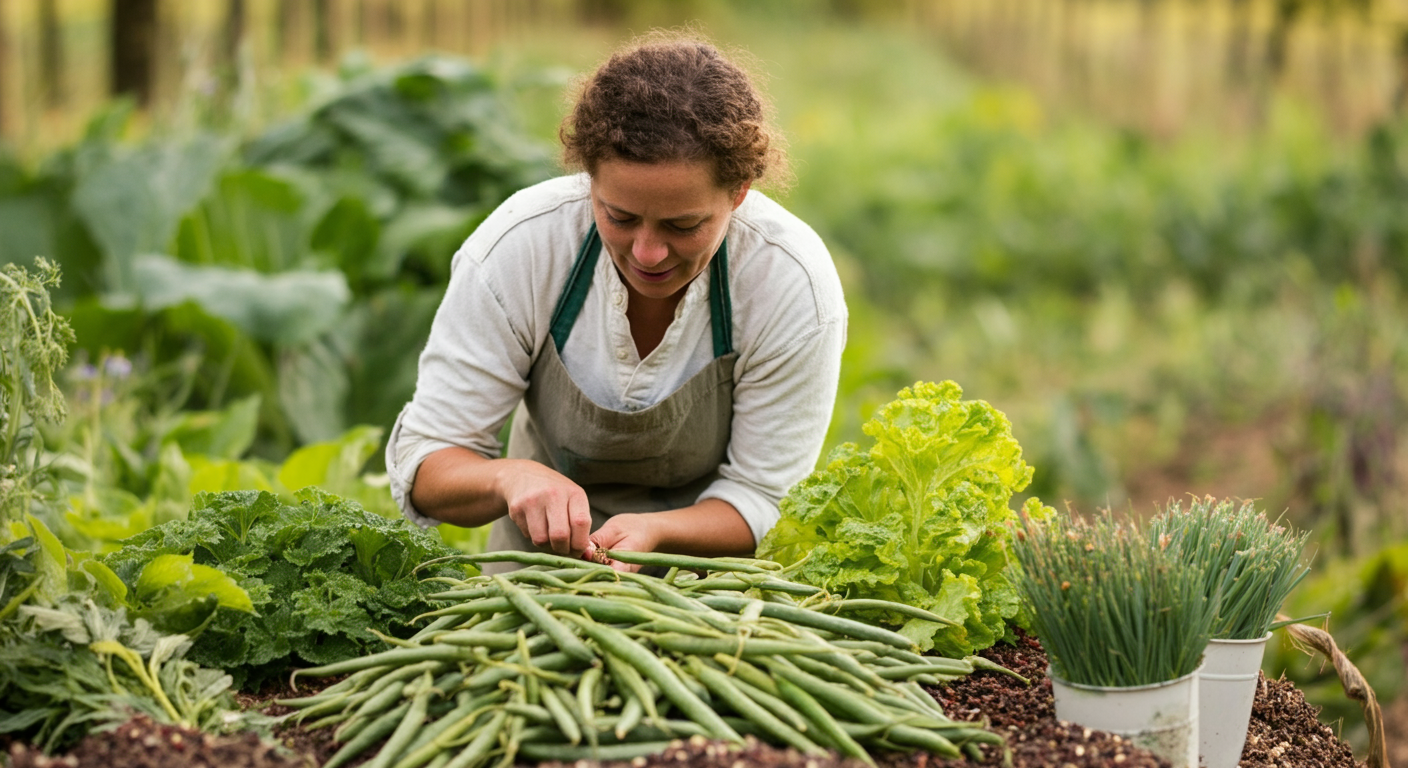The Quiet Power of Seed Saving: Preserving Biodiversity for the Future
In a world that often feels rushed and disconnected from nature, the simple act of saving seeds is a gentle but profound way to nurture biodiversity. Seed saving is more than just a gardening practice—it’s a quiet act of stewardship, a way to honor the past while safeguarding the future.

Why Seed Saving Matters
Biodiversity is the foundation of resilient ecosystems, yet it’s disappearing at an alarming rate. Industrial agriculture favors uniformity, relying on a narrow selection of high-yield crops, while countless traditional and wild varieties fade into obscurity. When we save seeds—especially heirloom and locally adapted varieties—we help preserve genetic diversity that might otherwise be lost.
Each seed carries a story, shaped by generations of careful selection, climate adaptation, and cultural heritage. By saving and sharing them, we keep those stories alive.
The Benefits Beyond Preservation
- Adaptation to Local Conditions
Seeds saved from plants that thrive in your region are already acclimated to your soil, weather, and pests. Over time, these plants become even more resilient, reducing the need for chemical inputs. - Food Security & Self-Sufficiency
When farmers and gardeners save their own seeds, they rely less on commercial suppliers. This fosters independence and ensures that rare, nutritious, and flavorful varieties remain accessible. - Strengthening Ecosystems
Diverse plant life supports pollinators, beneficial insects, and soil health. A garden rich in variety creates a balanced, thriving microcosm.
How to Start Saving Seeds
Seed saving doesn’t require expertise—just patience and attention. Here’s how to begin:
- Choose Open-Pollinated or Heirloom Varieties
Unlike hybrids, these plants produce seeds that grow true to the parent plant. - Learn Basic Techniques
Some seeds (like tomatoes and cucumbers) need fermentation to remove germination inhibitors, while others (like beans and lettuce) simply need drying. - Store Seeds Properly
Keep them in a cool, dry place, ideally in airtight containers. Label them with the date and variety. - Share Them
Seed swaps and community exchanges help spread genetic diversity and build connections with fellow growers.
A Legacy in Your Hands
Seed saving is a humble but powerful way to contribute to a healthier planet. It’s a practice rooted in mindfulness—a reminder that small, consistent actions can have a lasting impact. By preserving seeds, we ensure that future generations inherit not just food, but history, resilience, and the beauty of biodiversity.
So next time you harvest a plant, consider saving a few seeds. In doing so, you become part of a quiet revolution—one that nurtures life in its simplest, most essential form.
Have you tried saving seeds before? Share your experiences in the comments below. 🌱